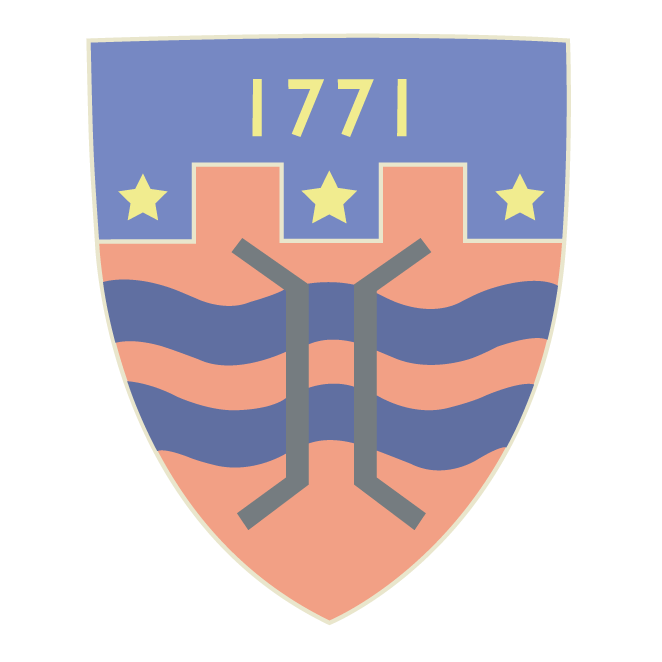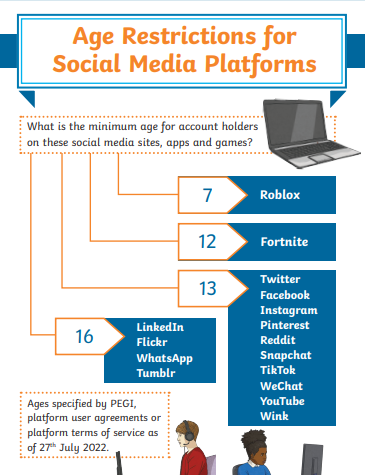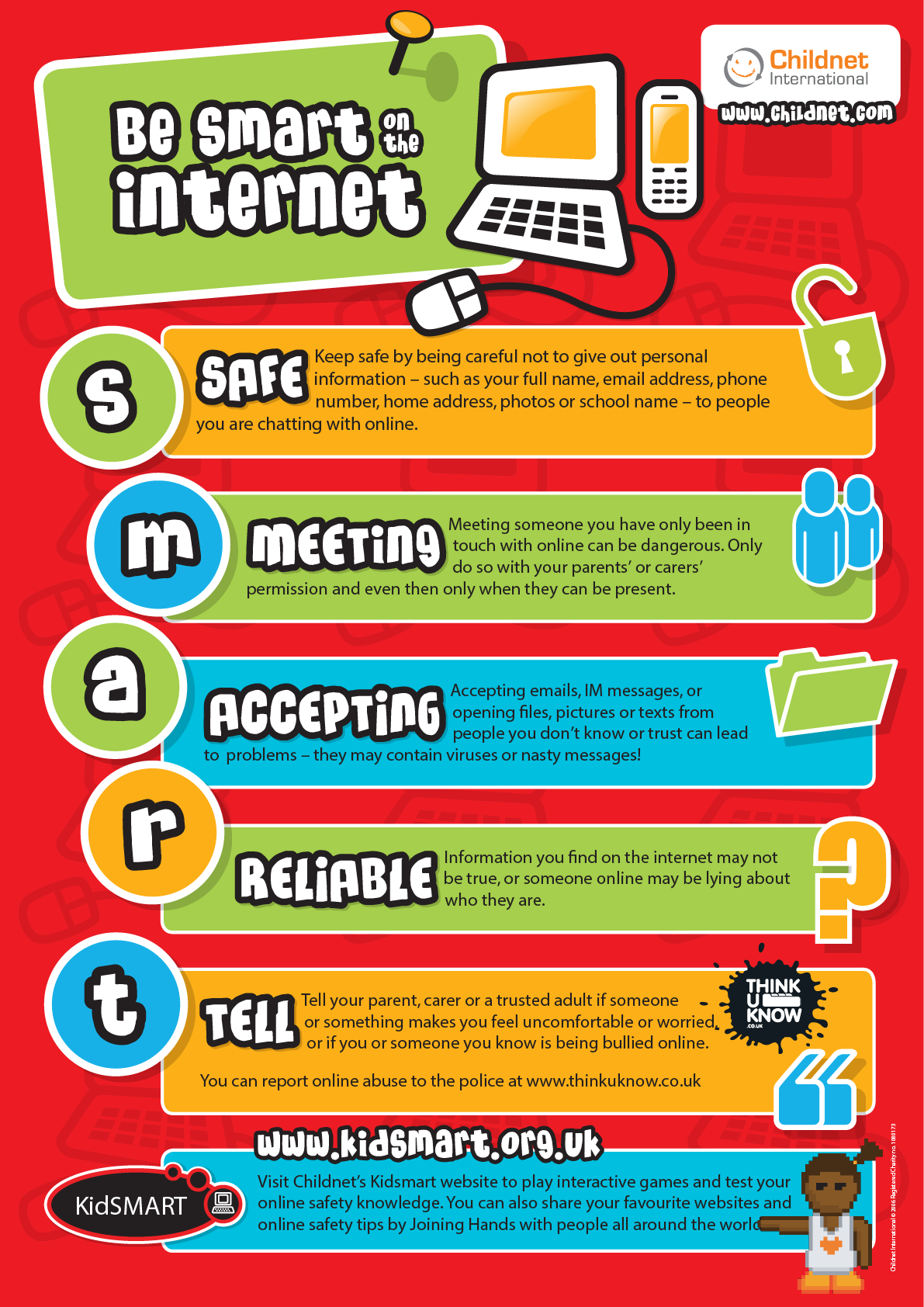Today’s pupils are growing up in an increasingly complex world, living their lives seamlessly on and offline. This presents many positive and exciting opportunities, but also challenges and risks. We want our school to equip our pupils with the knowledge needed to make the best use of the internet and technology in a safe, considered and respectful way, so they are able to reap the benefits of the online world.
Schools have a dual responsibility when it comes to e-safety: to ensure the school’s online procedures keep children and young people safe, and to teach pupils about online safety, in and outside of school.
E-Safety in the Curriculum
At St Oswald’s, online safety is woven throughout our curriculum. Through tailored lessons, focus weeks, collaboration with external outcomes and the delivery of our effective Computing curriculum, St Oswald’s strives to prepare children for safe and responsible online use. We understand that computer technology is an essential resource for supporting teaching and learning. The internet, and other digital and information technologies, open up opportunities for pupils and play an important role in their everyday lives. Whilst the school recognises the importance of promoting the use of computer technology throughout the curriculum, we also understand the need for safe internet access and appropriate use.
Each year, children revisit prior learning and awareness whilst developing their awareness further with age appropriate content. The focus of each year group, alongside revisiting previous learning is represented within our curriculum overview.
E-Safety Support at Home
We appreciate that parent/carers may also need support in acting on online issues.
It is really important to chat with your children on an ongoing basis about staying safe on-line.
- Ask your children to tell you about the sites they like to visit and what they enjoy doing on-line.
- Ask them about how they stay safe online. What tips do they have for you, and where did they learn them? What is OK and not OK to share?
- Ask them if they know where to go for help, where to find the safety advice, privacy settings and how to report or block on the services they use.
- Encourage them to help someone! Perhaps they can show you how to do something better on-line or they might have a friend who would benefit from their help and support.
- Think about how you each use the internet. What more could you do to use the internet together? Are there activities that you could enjoy as a family?
As a school, we are always here to support but there are further guidance on the links below:
Cyberbullying
Cyberbullying happens when someone uses technology to deliberately upset someone else. It is likely to involve mobile phones (calls or text messages) or devices connected to the internet (Smartphones, Tablets, Laptop and Desktop Computers). Cyberbullying can take place across a range of services, including Social Media, Chatrooms, Skype and other messaging software, apps and services.
It can happen any time of day and occur on a large scale and speed, due to the nature of the technology.
Bullies often feel anonymous and ‘distanced’ from the incident when it takes place online and ‘bystanders’ can easily become perpetrators by forwarding or not reporting cyberbullying.
There is not a specific law which makes cyberbullying illegal but it can be considered a criminal offence under several different acts including Protection from Harassment Act (1997), Malicious Communications Act (1988), Communications Act (2003) Obscene Publications Act (1959) and Computer Misuse Act (1990)
If you’re being bullied online or by text:
- Save the messages/material
- Tell an adult or report it online
- Do not retaliate or reply. If possible, block the person
Advice for Parents and carers:
- Your child is just as likely to be a bully as they are to be a target. Watch out for uncharacteristic behaviour (your child being upset or secretive, using the phone/internet more than usual, changing friendship group.)
- Remind your child not to retaliate and keep any evidence
- Report the bullying – contact the school if the bullying involves another pupil and contact your service provider to report the user and remove the content. If the bullying is more serious and a potential criminal offence, consider contacting the police on 101.
Social Media
As a school, we emphasise the importance of following age restrictions for social media. Although we appreciate that social media may be something that our children want to be a part of, the risk of exposure to inappropriate material, contact and dangers far outweighs any considered benefit to social media usage.
As a school, we advise that children at our school do not have an online presence, but we do recognise the need for children to be educated in the safety aspects of online use. Social media discussions are woven into our Computing curriculum and RHE curriculum to support this.
In today’s world, there are various social media platforms released annually. It is often tricky for parent/carers to keep up to date with each platform. We would advice visiting the ‘Social Media Awareness Posters’ page below which updates regularly with advice on how to keep children safe and add parental restrictions.
Please be aware that, as a duty of care, social media usage will be reported accordingly. This will in the first instance be to parents/carers and then further reporting action will be taken where necessary.
SMART Poster
The E-Safety SMART poster is revisited regularly through school. This may also be a useful resource at home. This can be seen below:



